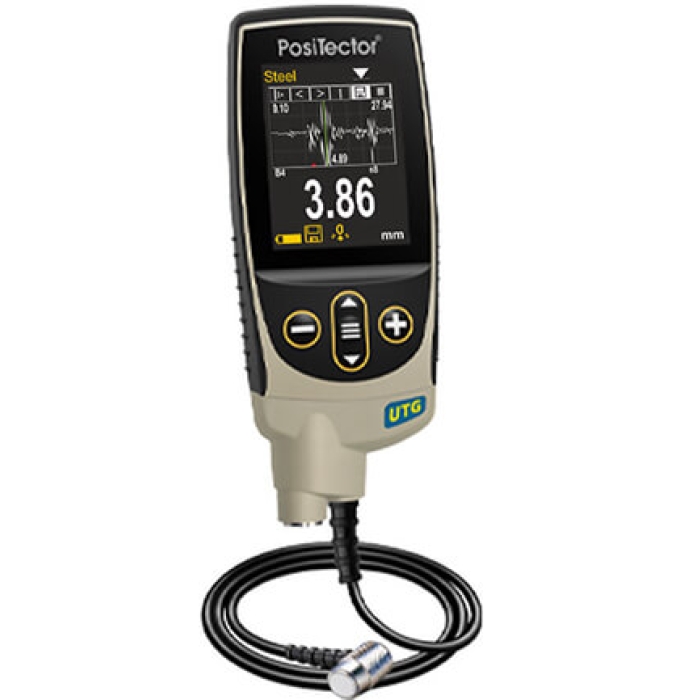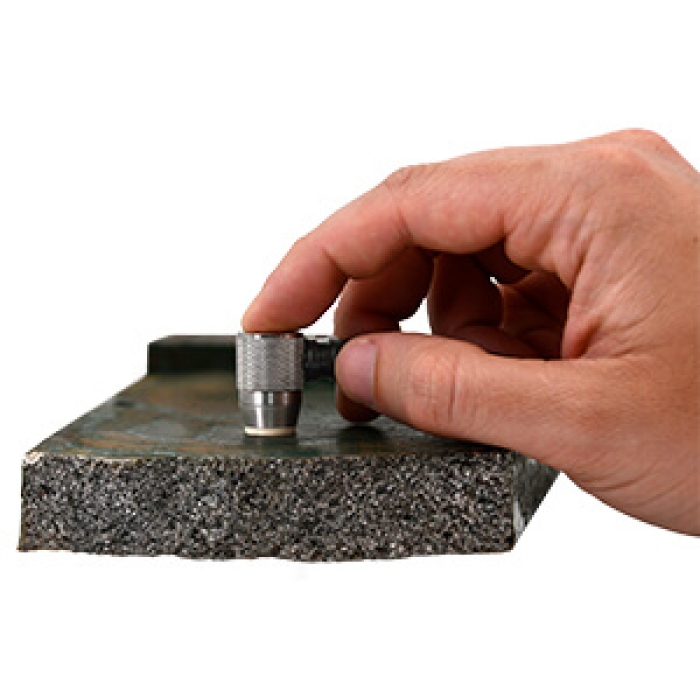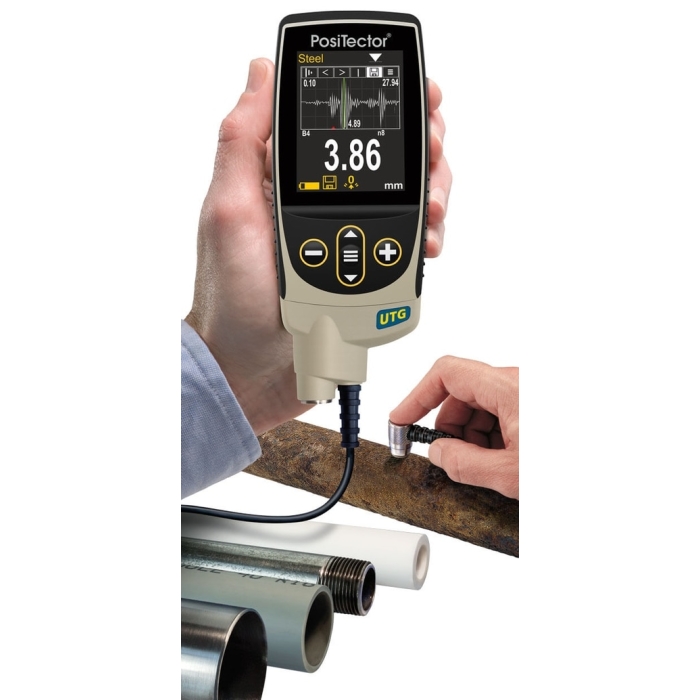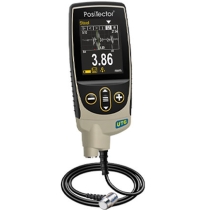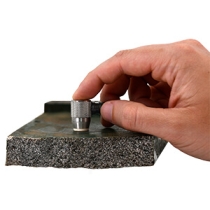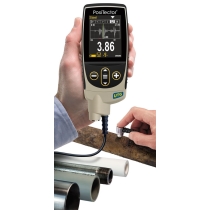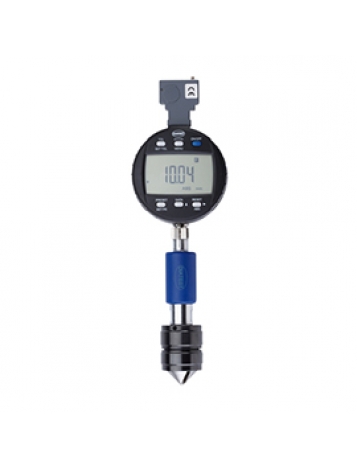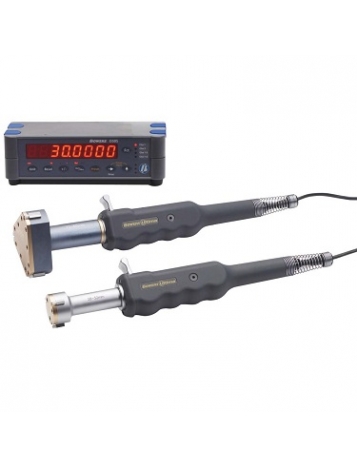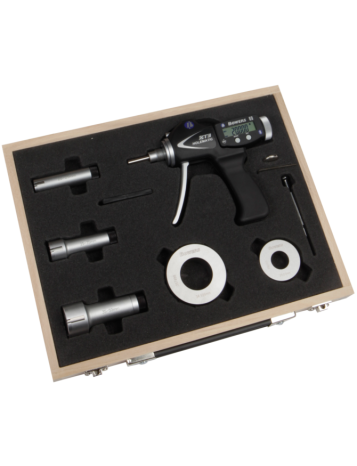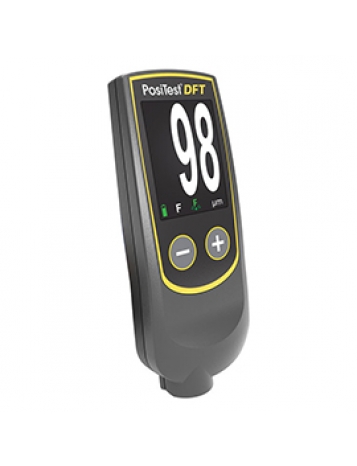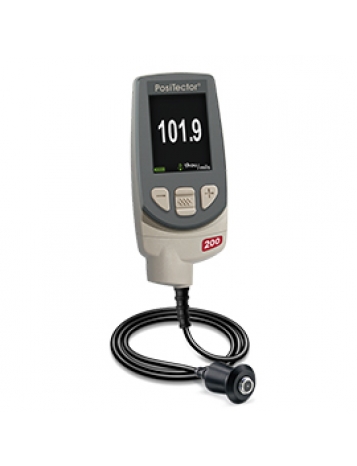DeFelsko - Ultrasonic Wall Thickness Gauges UTG
Ultrasonic Wall Thickness Gauges (ultrasonic thickness gauges, ultrasonic thickness testers, ultrasonic thickness meters, UT gauges, etc.) measure the wall thickness of materials such as steel, plastic, and more using ultrasonic technology. Ultrasonic Thickness Gauges are ideal for measuring the effects of corrosion or erosion on tanks, pipes, or any structure where access is limited to one side. Multiple echo Thru-Paint models (UTG M) measure the metal thickness of a painted structure without having to remove the coating. Support IOT.
Why Measure Wall Thickness with Ultrasonic Thickness Gauges?
Erosion
Erosion is the process by which a protective coating or substrate is worn away by friction resulting from repetitive mechanical interaction. Typical causes of erosion include cavitation, impingement by liquid or solid particles, and relative motion against contacting solid surfaces or fluids.
Corrosion
Corrosion is the process by which a substrate and its properties are damaged or worn away by a chemical action or change. In metals, deterioration attributed to corrosion is most often caused by an oxidation process.
Erosion and Corrosion Testing
Using non-destructive inspection methods minimize safety concerns, ensure code compliance, and reduce the frequency of major repairs (and subsequently costs). As an example, marine applications have a significant risk of catastrophic substrate failure due to undetected substrate corrosion or erosion. However, costs associated with corrosion or erosion damage can be more subtle. Consider the case of a propeller blade that has experienced wear or damage. A likely impact is a decrease in the efficiency of the propeller, translating directly to a decrease in horsepower and an increase in turbulence (vibration). This results in a decrease in maximum speed and an increase in fuel consumption. Furthermore, cavitation caused by the damaged propeller creates a surrounding environment that is even more damaging to the propeller itself.

What is the difference between the PosiTector UTG C, PosiTector UTG M, and PosiTector UTG P probes?
PosiTector UTG C (Corrosion)
The PosiTector UTG C Ultrasonic Thickness Gauge (Corrosion) single echo probe uses a dual-element transducer, a focused “V-path”, and V-path compensation to accurately measure the thickness of metals with heavy corrosion or pitting. The UTG C single echo probe will not ignore the thickness of the exterior coating: for best measurement accuracy, it may be necessary to remove any coating present at the point of measurement.

PosiTector UTG M (Multi-echo)
The PosiTector UTG M Ultrasonic Thickness Gauge (Multi-echo) probe uses a single element transducer to accurately measure the metal thickness of a new or lightly corroded structure while ignoring the thickness of protective coatings. The ultrasonic beam travels in a straight path to the material’s back wall at 90° relative to the surface. When three consecutive back wall echoes are detected, the probe makes a time-based calculation to eliminate the coating thickness from the gauge reading.

PosiTector UTG P (Precision)
The PosiTector UTG P Ultrasonic Thickness Gauge (Precision) probe uses a single element delay line transducer to accurately measure the thickness of thin materials including plastics and metals. It automatically switches between single-echo or multiple-echo modes depending on material and thickness.

If you have any kind of questions or any interests for our product, feel free to contact us here
PostiTector UTG Specification

If you have any kind of questions or any interests for our product, feel free to contact us here
Request A Quote
To receive further information on DEFELSKO - PosiTector Ultrasonic Wall Thickness Gauges UTG, please complete the following form. We will reply as soon as possible
Sorry, this product does not have video.
